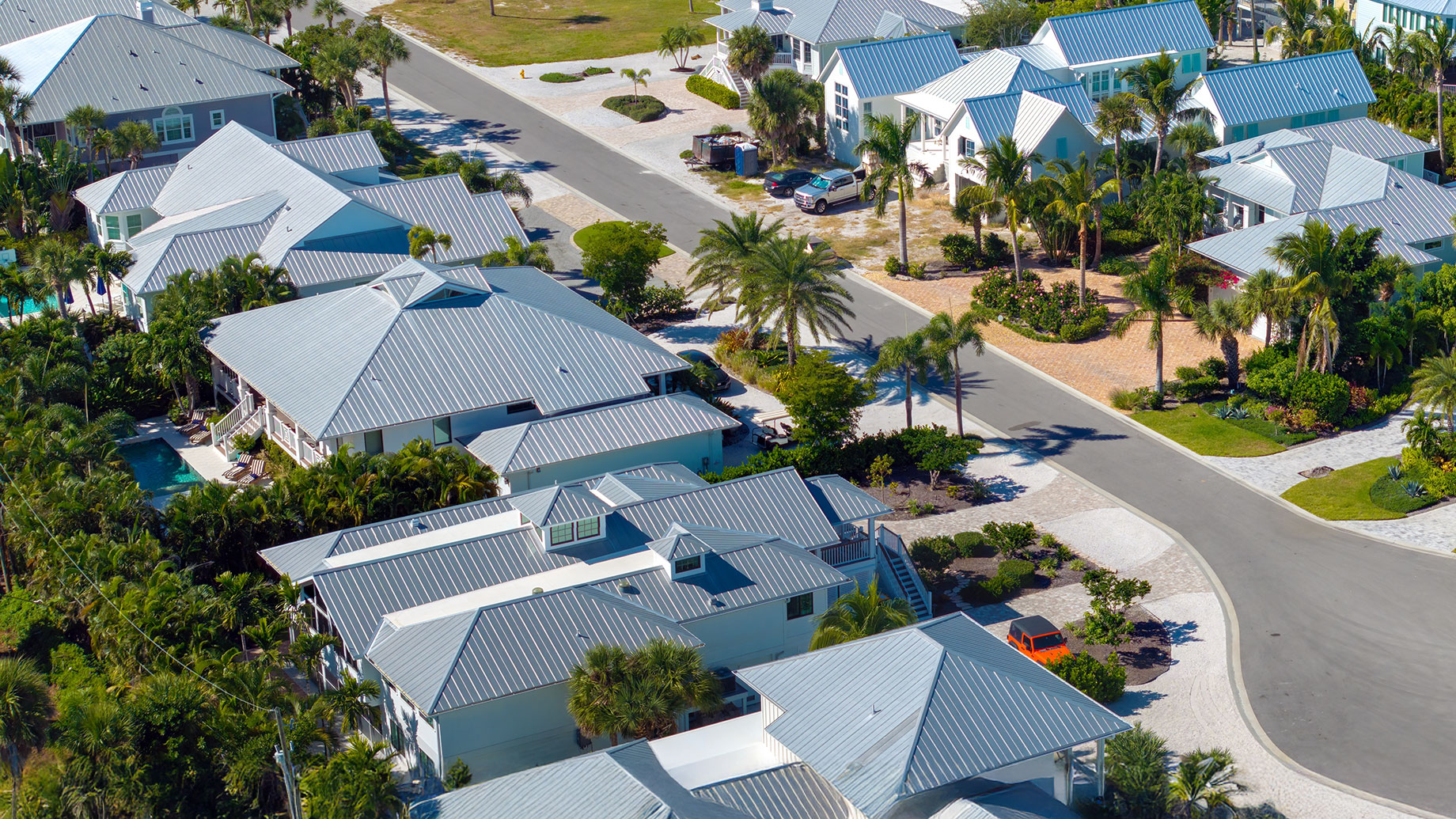
South Bay sits at the crossroads of South Florida on the southeastern shore of Lake Okeechobee—about 45 miles west of West Palm Beach—where sun, heat, summer downpours, and periodic tropical systems are part of life. Those conditions make your roof one of the most important investments you can make in a home here.
From selecting materials that stand up to South Florida weather to navigating permits and code updates, here’s a clear, homeowner-friendly guide to planning a smart roof replacement in South Bay.
Why Roof Replacement Rises to the Top in South Bay
Our region’s climate accelerates wear: high UV exposure, humidity, and heavy rains can age shingles and underlayments faster than in milder markets. Add the Atlantic hurricane season—June 1 to Nov. 30—and wind uplift plus wind-driven rain become design realities, not hypotheticals.
If your roof is nearing the end of its service life, showing curled or missing shingles or tiles, recurring leaks, or if insurance requirements have changed, it’s often more cost-effective to re-roof than to patch repeatedly—especially before peak storm months.
Materials That Work for South Florida Homes
Homeowners in Palm Beach County typically consider three premium options—each can be specified to meet Florida Building Code requirements and high-wind performance needs:
- Metal roofing (standing seam or metal shingles): Praised for wind resistance, longevity, and energy efficiency (high reflectivity reduces cooling load), metal has become a favorite across South Florida.
- Concrete or clay tile: Tile offers classic Florida aesthetics and excellent durability when paired with modern fastening systems and underlayments that meet code.
- Architectural asphalt shingles: Cost-effective, widely available, and now offered in high-wind ratings when installed with code-compliant nail patterns and underlayments.
Whichever system you choose, insist on proper decking inspection, re-nailing (as required), approved underlayment, and accessory details (valleys, flashings, vents) that are tested for wind and water. Florida’s code outlines specific underlayment application and lapping requirements; your contractor should be fluent in these details.
Permits, Code, and the “Secondary Water Barrier”
In Palm Beach County, re-roofing is a permitted activity. The Building Division provides dedicated re-roof forms (by roof type) and an expedited worksheet for single-family dwellings—useful when timing your project ahead of the most active storm window.
Florida also emphasizes keeping water out if coverings are compromised. A secondary water barrier (SWB)—a water-resistant membrane or equivalent approved product over the decking—adds critical protection against wind-driven rain if roof coverings are damaged during a storm. Ask your contractor to specify and document the SWB approach for your home.
The Right Partner Matters
Not all contractors approach South Florida the same way. You want a team grounded in code compliance, wind-zone detailing, and customer communication from estimate to final inspection. If you’re evaluating firms, start by learning about the people who will be on your roof and behind your warranty. A trusted roofing company will be transparent about licensing, insurance, permitting, and the exact products they propose.
Planning Your Timeline
Given the seasonal rhythm here, many homeowners target replacements outside the peak of hurricane activity. Regardless of season, lead times for materials and inspections can vary, so it’s smart to get on a qualified contractor’s schedule early—especially if insurance or a sale timeline is involved.
What to Expect in a High-Quality Re-Roof
- Inspection & documentation: Deck condition, ventilation, flashing, and penetrations are assessed; permit paperwork is prepared with the correct product approvals.
- Removal & deck prep: Old coverings are removed, damaged decking replaced, and deck fastening brought to code as required.
- Underlayment / SWB: Self-adhered or mechanically fastened underlayments (and any required secondary water barrier) are installed shingle-fashion per code.
- Roof covering installation: Shingle, tile, or metal systems are installed with tested fasteners and patterns for the wind zone.
- Final details & close-out: Flashings, vents, and sealants are completed; inspections passed; warranty and maintenance guidance provided.
Local Expertise for South Bay Homeowners
If you’re weighing options for a Roof Replacement South Bay project, look for a contractor with deep South Florida experience and proven code knowledge. A team offering professional roofing services in South Florida can help you evaluate materials, secure permits, sequence inspections, and deliver a roof that’s ready for our climate.
Bottom Line
In South Bay, a roof isn’t just a finish—it’s a performance system that protects your home’s structure, your family, and your investment. Choose materials that are proven in South Florida, verify that your project is permitted and built to current Florida Building Code standards, and partner with an experienced local contractor. Do that, and you’ll have a quieter hurricane season, lower maintenance anxiety, and a home that looks and performs the way it should for years to come.